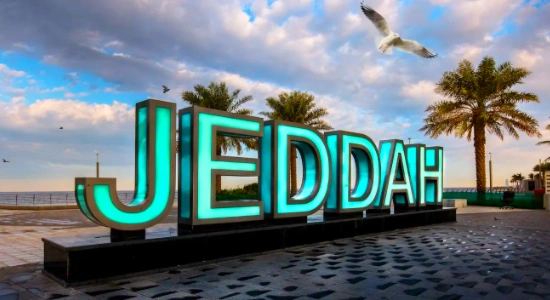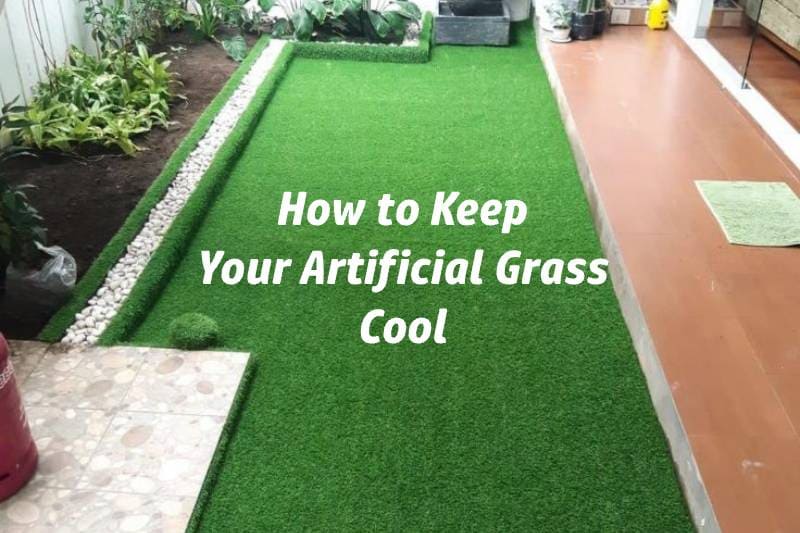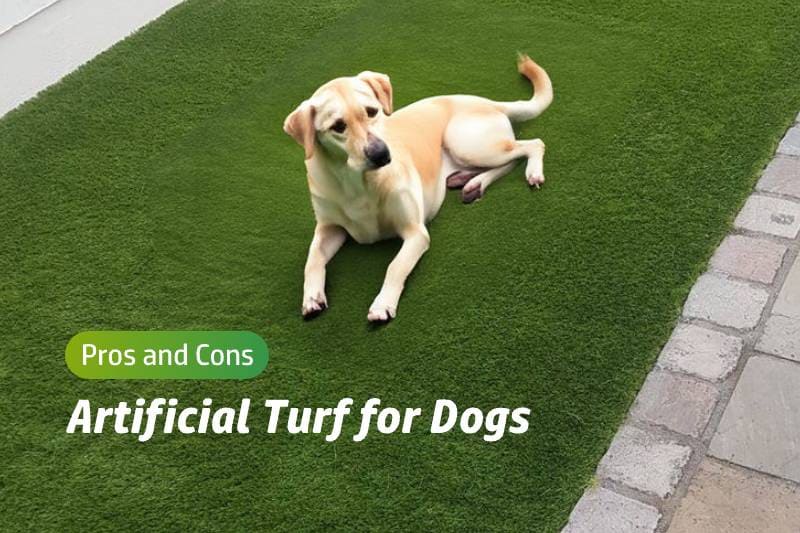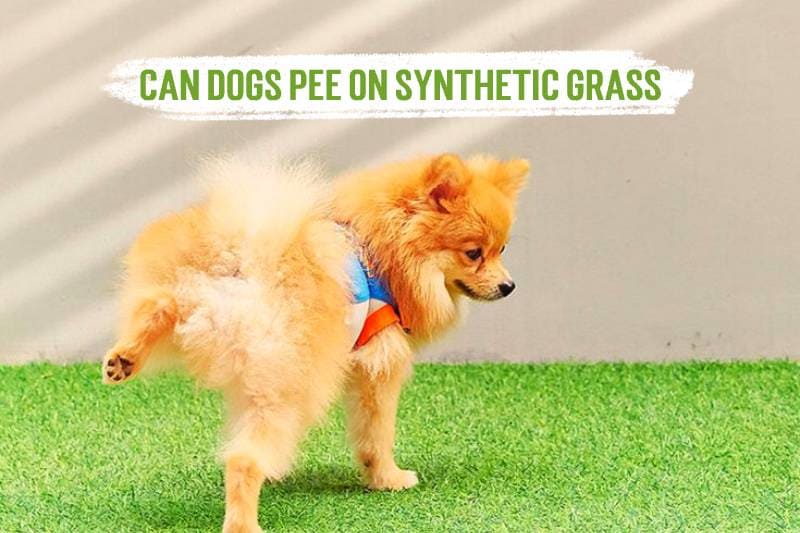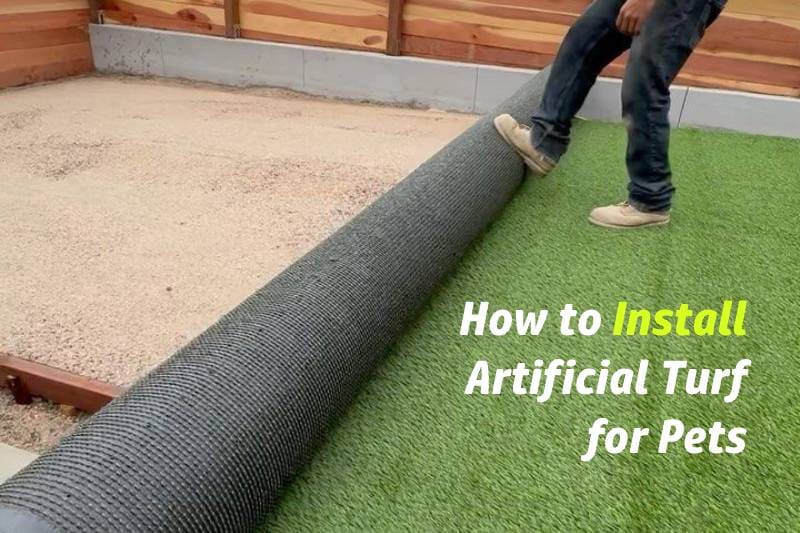Choosing between Artificial Turf vs Artificial Grass can be tough. Both have good points. Artificial Grass looks real and lasts 20 years. It needs little care. It saves water and helps the environment, making it a green choice. On the other hand, Artificial Turf is strong and flexible, working well for sports and busy places. The best choice depends on what you need. Do you want it to look nice or work well?
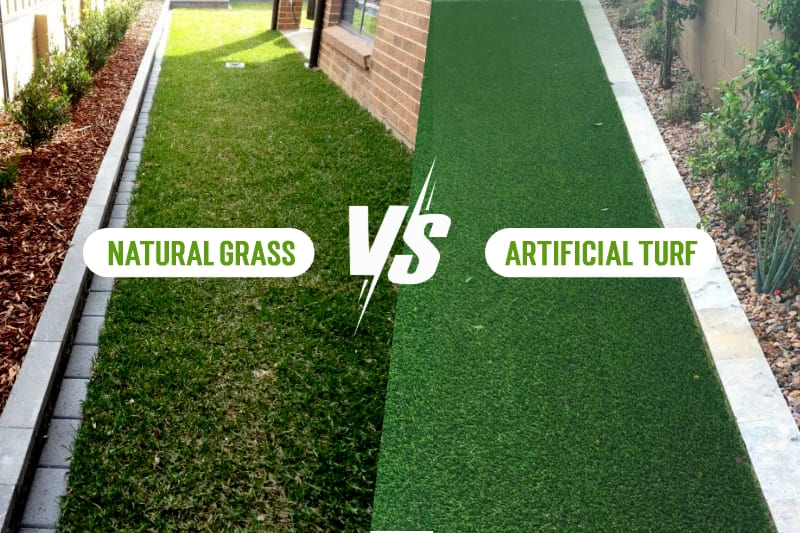
Key Takeaways
- Artificial grass offers a realistic look and requires minimal maintenance, making it ideal for home gardens and pet areas.
- Artificial turf is designed for durability and high traffic, making it the preferred choice for sports fields and busy public spaces.
- Both options save water compared to natural grass, contributing positively to the environment.
- Consider your primary needs: choose artificial grass for aesthetics and ease of care, or artificial turf for strength and performance.
- Be aware of the initial costs associated with both options, as they can be significant but may lead to savings in maintenance and water usage over time.
- Evaluate the environmental impact of production and disposal for both artificial grass and turf before making a decision.
- Regular maintenance is essential for both options to ensure longevity and optimal performance.
Understanding Artificial Turf vs Artificial Grass
What is Artificial Grass?
Definition and Characteristics
Artificial grass looks like real grass. It is made from nylon and polyethylene. Nylon is strong and bends easily. It looks real and doesn’t fade in the sun. This makes it a good choice for people who want it to last and look nice. Polyethylene looks natural and doesn’t hold water. This makes it useful for many things.
Common Applications
People use artificial grass in many places. Homeowners put it in gardens and yards. It stays green without needing water or mowing. Pet owners like it because Artificial Grass for Dogs is soft and doesn’t stain. It also doesn’t get damaged by digging. Businesses and public areas use it to look nice and need less care.
What is Artificial Turf?
Definition and Characteristics
Artificial turf is different from artificial grass. It is made for tough use. It has fibers from polyethylene, polypropylene, or nylon. These fibers are strong and last long. This makes artificial turf great for places where it needs to be very durable.
Common Applications
Artificial turf is used in sports fields, playgrounds, and business landscapes. It is strong and good for busy areas where real grass would wear out fast. Multi-filament Artificial Turf is tough and flexible, perfect for sports and public spots. Flow-through Artificial Turf Backing is good for pets. It lets water pass through easily, which is great for pet areas.
Difference Between Turf and Artificial Grass
When I look at the difference between turf and artificial grass, I see each has special features and uses. Knowing these helps me choose what I need.
Physical Characteristics
Artificial grass and turf are not the same. Artificial grass looks and feels like real grass. It is soft, comes in many colors, and is used at homes. Materials like nylon and polyethylene make it look real and last long. This is great for people who want it to look nice and feel good.
Artificial turf is made to be strong and for performance. It is rougher and not as flexible as grass. The fibers, made from polyethylene, polypropylene, or nylon, are built to handle lots of use. This makes turf perfect for high traffic areas like sports fields and playgrounds. Its tough build keeps it good for playing without wearing out fast.
Common Uses
How we use artificial grass and turf shows their differences. I see artificial grass is often in small home areas. People like it because it looks nice and needs little care. It is great for gardens, yards, and pet spots where you want a soft, green look without much work.
But artificial turf is used in big places like sports fields and business areas. Its strength makes it good where things need to last. Sports places like it because it gives a flat surface for playing, which is good for athletes. Also, businesses and public spots use turf to look neat with little upkeep.
By knowing these differences, I can pick what fits my needs, whether it’s the nice look of grass or the strong use of turf.
Comparing Benefits and Drawbacks
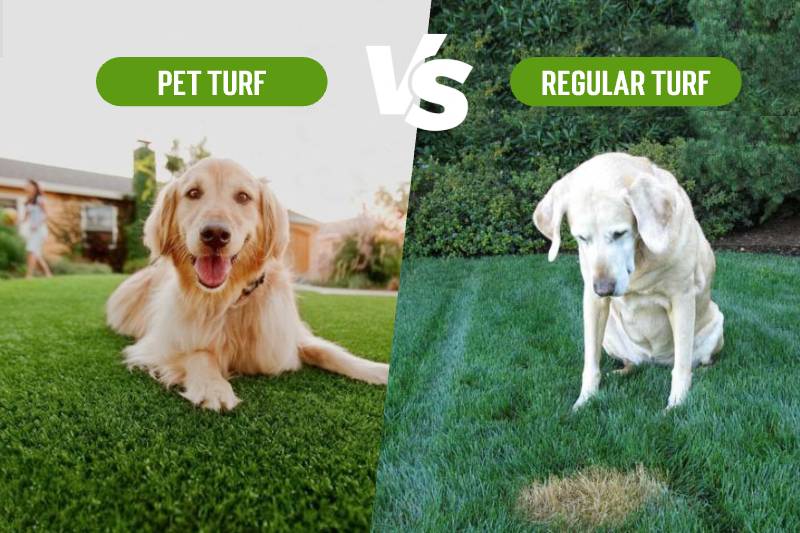
Benefits of Artificial Grass
Looks and Feels Real
Artificial grass looks like real grass. It stays green all year. Materials like nylon make it feel real. This is great for people who want a nice lawn without much work.
Easy Care and Good for the Earth
Artificial grass needs little care. No mowing or watering is needed. This saves time and helps the planet. It uses less water, which is important in dry places. In California, it can save lots of water each year. This makes it a good choice for the environment.
Benefits of Artificial Turf
Strong and Useful
Artificial turf is strong and can be used a lot. It doesn’t wear out easily. This makes it good for busy places like sports fields. It stays in good shape for many activities.
Great for Sports and Busy Spots
Artificial turf works well for sports. It gives a safe place to play. Many sports places like it because it stays nice even with lots of use. It’s a top choice for places with many events.
Drawbacks of Artificial Grass
Costs Money
Artificial grass can cost a lot at first. Some people might not like this. But it saves money on care and water later. Over time, it can be worth the cost.
Hot and Not Natural
Artificial grass can get hot in the sun. It might be too warm to walk on in summer. It also doesn’t help nature like real grass. Think about these things before choosing it.
Downsides of Turf
Artificial turf has good points, but also some bad ones. Knowing these helps me decide better.
- Starting Cost: Putting in artificial turf costs a lot at first. It saves money later on water and care, but the first cost can be hard for some people or businesses. This cost covers the turf, ground prep, and putting it in.
- Gets Hot: Turf can get really hot in the sun. Real grass cools things down, but turf keeps heat. This makes it hot to walk on in summer. You might need to cool it with water or shade.
- Environment Worries: Turf saves water but can hurt the earth. Making and throwing away fake stuff can pollute. Turf doesn’t help bugs and animals like real grass. It doesn’t give homes to small creatures, which can hurt nature.
- Wears Out: Turf is strong but doesn’t last forever. It can wear out in busy spots. I’ll need to replace it someday, which costs more and can hurt the earth.
- Health Worries: Some say turf materials might not be safe. Things like crumb rubber could be risky. Chemicals and hard surfaces might cause health problems, especially in sports where people fall a lot.
Cost and Maintenance Considerations
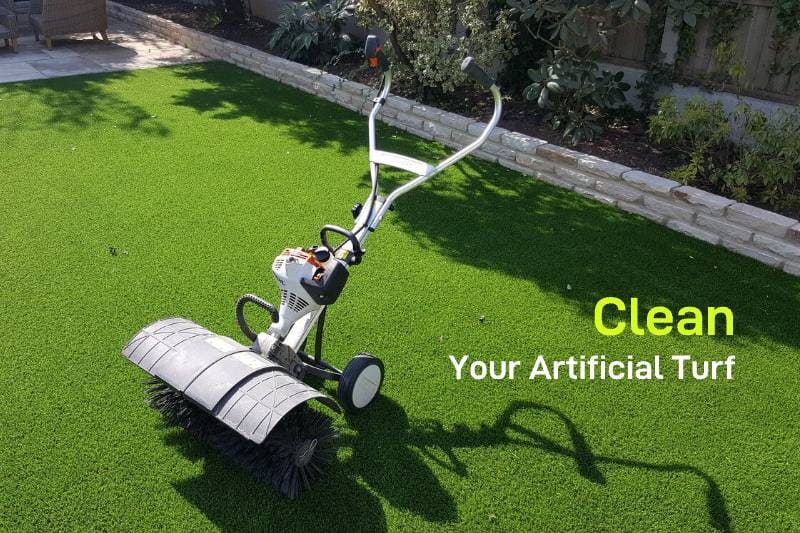
When I think about putting in fake grass or turf, I must look at both the starting costs and the care needed later. These things help me decide which is better for me. Related: How Much Does Artificial Grass Cost in 2025
Cost Analysis
Installation Costs
The cost to put in fake grass and turf can be very different. Fake grass needs a big amount of money at first. This includes buying the grass, paying workers, and getting the ground ready. Even though it costs a lot at first, it can be worth it if I want a nice lawn that lasts long.
But fake turf, made for busy places like sports fields, might need different things to set up. The cost depends on the type of turf and how hard it is to install. Even with a high starting cost, turf is strong and good for places used a lot.
Long-term Ownership Costs
Over time, the costs of owning fake grass and turf can change. Fake grass usually needs little care, saving money on water and lawn services. This makes it a cheap choice for people who want to spend less over time.
Fake turf, while also easy to care for, might need extra money for keeping it nice in sports areas. Checking it often and fixing it sometimes might be needed to keep it safe. But these costs are often balanced by how long turf lasts and how well it handles lots of use.
Maintenance Requirements
Artificial Grass Maintenance
Taking care of fake grass is pretty easy. I see it needs less work than real grass. Picking up leaves and sticks keeps it clean. Washing it with water sometimes stops dust and keeps it looking good. This low care makes fake grass a good choice for people who want an easy lawn.
Artificial Turf Maintenance
Fake turf, especially in sports places, needs a bit more care. Brushing it often keeps the fibers standing and the surface even. Checking for damage is important to keep it working well. Even with these tasks, the care needed for fake turf is not too hard, making it a good pick for busy spots.
Things to Think About When Choosing
When picking between fake grass and turf, I need to think about a few things to make the best choice. These things include how I will use it, what I need it to do, how it looks, and how it affects the earth.
How I Will Use It and What I Need
Home vs. Business Use
At home, fake grass is good for people who want a green yard without much work. It looks real and is easy to care for, so it’s great for gardens, backyards, and pet spots. For businesses, fake grass looks nice and needs little care, which saves money and makes the place look better.
But for businesses, turf is often picked for being strong and useful. Turf is used in sports fields and playgrounds because it can handle lots of people and activity. Choosing between fake grass and turf in business places depends on if looks or strength is more important.
Sports and Fun Needs
For sports and fun places, fake turf is great because it gives a steady place to play. Sports fields like turf because it stays good even when used a lot. This makes it a top pick for places with many games or sports. But in fun areas, fake grass might be chosen for looking nice and feeling comfy, like in parks where a natural look is wanted.
Looks and Earth Impact
How It Looks and Feels
Fake grass comes in many looks and feels, so I can pick one that looks like real grass. This makes it good for people who want it to look real. But turf is more about working well than looking nice, so it might not look as natural but works better in busy spots.
Saving Water and Being Green
Both fake grass and turf help save water because they don’t need watering. This is good in dry places. But I also need to think about how making and getting rid of these products affects the earth. While they save water, making and throwing them away can hurt nature. It’s important to think about these things when choosing.
In this comparison, I looked at the good and bad sides of artificial grass and turf. Artificial grass looks real and needs little care, which is great for homes. But artificial turf is strong and works well, especially for sports and busy places.
Recommendation: Pick artificial grass if you want it to look nice and help the earth at home. Choose artificial turf if you need it to be strong and work well, especially for businesses or sports. Each has its own benefits, so think about what you need to decide.
FAQ
How long does fake grass and turf last?
Fake grass lasts 15 to 20 years with care. Turf, used in busy spots, lasts 10 to 15 years. Taking care of them helps them last longer.
How do I clean fake grass and turf?
Clean fake grass by picking up trash and rinsing with water. For turf, brushing keeps it nice. Wash both sometimes to get rid of dirt.
Can fake grass and turf handle bad weather?
Yes, both can handle different weather. They don’t fade from the sun. But, they might feel hot in very warm weather.
Are there green benefits to using fake grass or turf?
Fake grass and turf save water by not needing to be watered. They also don’t need chemicals, which is better for the earth.
Is fake grass safe for pets?
Yes, fake grass is good for pets. It’s soft, safe, and easy to clean. Pet owners like it because it doesn’t stain or get ruined by digging.
How does the cost of fake grass compare to real grass?
Fake grass costs more at first than real grass. But, it saves money later because it needs less care and water. This makes it cheaper over time.
Can I put in fake grass or turf myself?
You can try, but experts do it better. They make sure the ground is ready and the grass is put in right.
Does fake turf help sports?
Yes, fake turf gives a steady place to play. It’s strong and safe, so many sports places like it.
Where do people use fake grass and turf?
Fake grass is used in home gardens, pet areas, and business places. Fake turf is used in sports fields, playgrounds, and busy public spots.
How do I pick between fake grass and turf?
Think about what you need. Pick fake grass if you want it to look real and need little care. Choose turf if you need it to be strong and good for sports or busy places.




